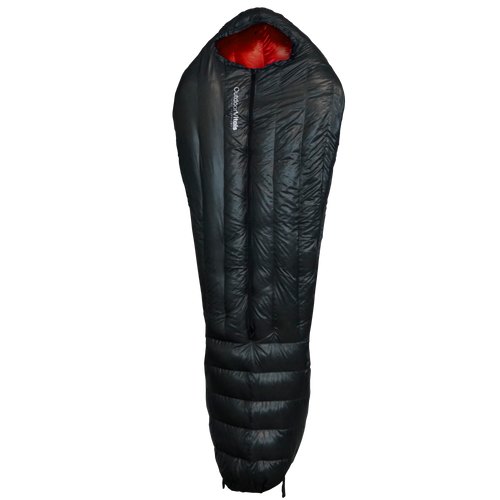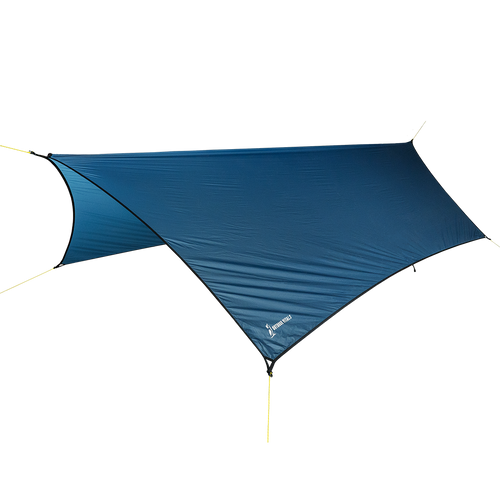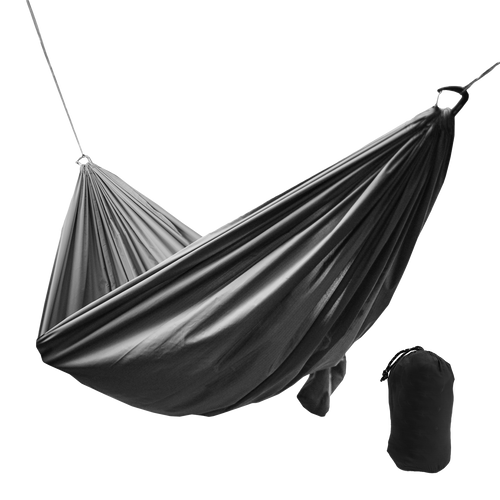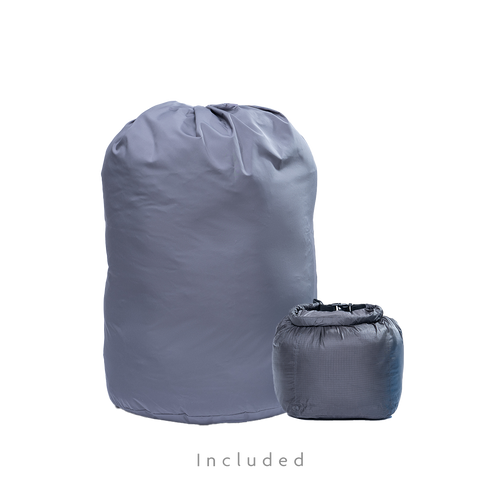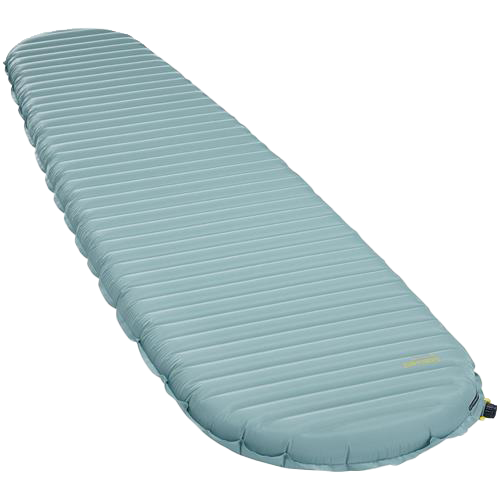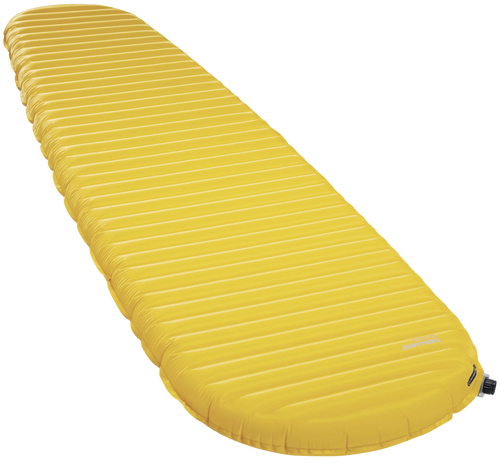What You Need To Know To Camp Above Treeline
We’ve all dreamed of summiting a peak in our life, whether figuratively or literally. There’s a reason why climbing mountains is one of the most common metaphors for overcoming challenges and doing something hard. Here at Outdoor Vitals, we encourage everyone to keep trying to summit their peaks, both the physical and metaphorical. But there are a few things you should know before attempting to summit an actual peak.
In this article we’ll cover what you need to know to camp above treeline. A different set of rules come into play than what you may be used to for regular backpacking. Things like hydration techniques, gear options, weather understanding, altitude awareness, and more can help you change a potential failure into a success.
Hydration

Many backpackers are used to filtering water on the trail, and have dialed in how much water they carry on them in bottles or bladders, etc. This whole system can get turned upside down on its head when camping above treeline. Without paying special attention to the terrain you’ll be hiking in, you could get seriously dehydrated.
It’s important to remember that above treeline, there typically isn’t any lakes or streams. This basically eliminates the option of filtering water. One exception is if there is going to be snow on the peak you plan on climbing. If you have the resources in fuel, you can melt snow and either boil or filter it. But snow is not always a guarantee.
This means you may have to plan on carrying a lot more water than you are used to. It’s helpful to plan by testing how much water your body needs on a more traditional style backpacking trip when you have the option of filtering water. Know how many days you’ll be out, and how long you’ll be above treeline. It’s not uncommon to set up camp at or near a peak, and have hours of hiking the next day before dropping below treeline and then finding a water source.
Gear
The tree situation above treeline is pretty obvious. Hammocks just aren’t an option. Some types of tarp shelters may even be ill-fitted for this environment if they can’t be set up using trekking poles.
It’s worth noting that many peaks are very rocky, and so it may even be a struggle to put stakes in the ground in some areas. For shelter, it may be worth bringing a free-standing tent like our Dominion 1 & 2 person tents.
If you’ve checked the weather for the area or of a nearby town so you can see how warm of a sleeping bag or topquilt you’ll need, make sure to remember that at high elevation, a peak will be much colder. A good rule of thumb is to bring something that is at least 10 degrees warmer than what the lower elevation temperatures will be.
One highly recommended practice is to check all your gear before your trip. If you are new at backpacking or have any new gear, set up your gear beforehand and get familiar with it. It’s best to go on a few trips with your gear before you go to summit a peak, but if you can’t at least set it up a few times. This is invaluable when there is a storm blowing in and you’ve got 5 minutes to get your tent up before you get completely soaked or caught in a peak storm.
Footwear

These days a lot of hikers and backpackers are using trail runners as their go-to shoes. They are lightweight, breathable, and comfortable. This can help users feel more mobile. While traditional hiking boots are not unpopular, trail runner shoes are definitely on the rise.
When summiting a peak and going above treeline, you will want to have good ankle support. A lot of the terrain is rocky and rough, and it is easy to misstep and roll an ankle. Using hiking boots instead of trail runners will definitely help with this. Boots can be a little heavier than trail runners, but they are worth the tradeoff.
Weather

Above treeline, winds tend to blow hard almost all the time. They bring clouds with them, and storms can occur almost daily on some peaks. If you see what looks like a storm way out on the horizon, it could get to where you’re at in as little as 5 minutes! Having sufficient gear for the weather is critical. Make sure you’ve got proper clothing and gear for wind, rain, hail, and snow.
At such a high elevation and with no tree coverage, the sun is brutal. Since temperatures are usually cool even in summer months, it’s easy to forget about the sun. Being higher up, you are that much closer to the sun and will more easily burn. Make sure to have the proper clothing, headwear, and sunscreen to protect yourself.
Altitude

When you’re above treeline, you can be sure you are pretty darn high in altitude. Differences in altitude can affect different people in different ways. In Utah, the whole state is higher in altitude in general, even in low valley areas. So for us here at Outdoor Vitals, the change of going to the peak of a mountain is not as significant as it would be for someone living on the coastline coming out here to summit one of our peaks.
That being said, even Utah folks are susceptible to altitude sickness. Symptoms like nausea, headaches and migraines, and fatigue are part of altitude sickness. To prevent or help with those symptoms, it’s important to keep hydrated. This includes staying on top of your electrolytes. Our founder, Tayson, likes to bring a bag of himalayan salt that he’ll take a pinch of at regular intervals. Other options include salty trail mixes, sports drink mixes, and other electrolyte rich foods.
Altitude is something that a person can adjust to. If you are concerned that a specific route you’ve chosen will have too much of a difference in altitude over too little time, you can take an extra day or two to complete the trip. Break the climb up into segments, and camp partway up. Overnight you give your body a chance to adapt, and then you’ll be ready for more altitude gain the next day whereas had you attempted to make the full climb in one day, the altitude could have been too much for your body to handle.
If you know how many miles you typically hike each day on a backpacking trip, that number will likely decrease significantly with a high elevation hike or when summiting a peak with lots of elevation gain. Be sure to factor that in while planning your trip and where to camp, etc.
Conclusion
Reaching the tops of mountains is hugely rewarding. Once you’re at the top, you feel a rush of euphoria and a great sense of accomplishment. All of the struggling and preparation to get there will be worth it. But you do need to know what you are doing and have the right kind of preparation. By following these tips, you’ll be well on your way to conquering mountains!
1 comment
Thanks for the tips


